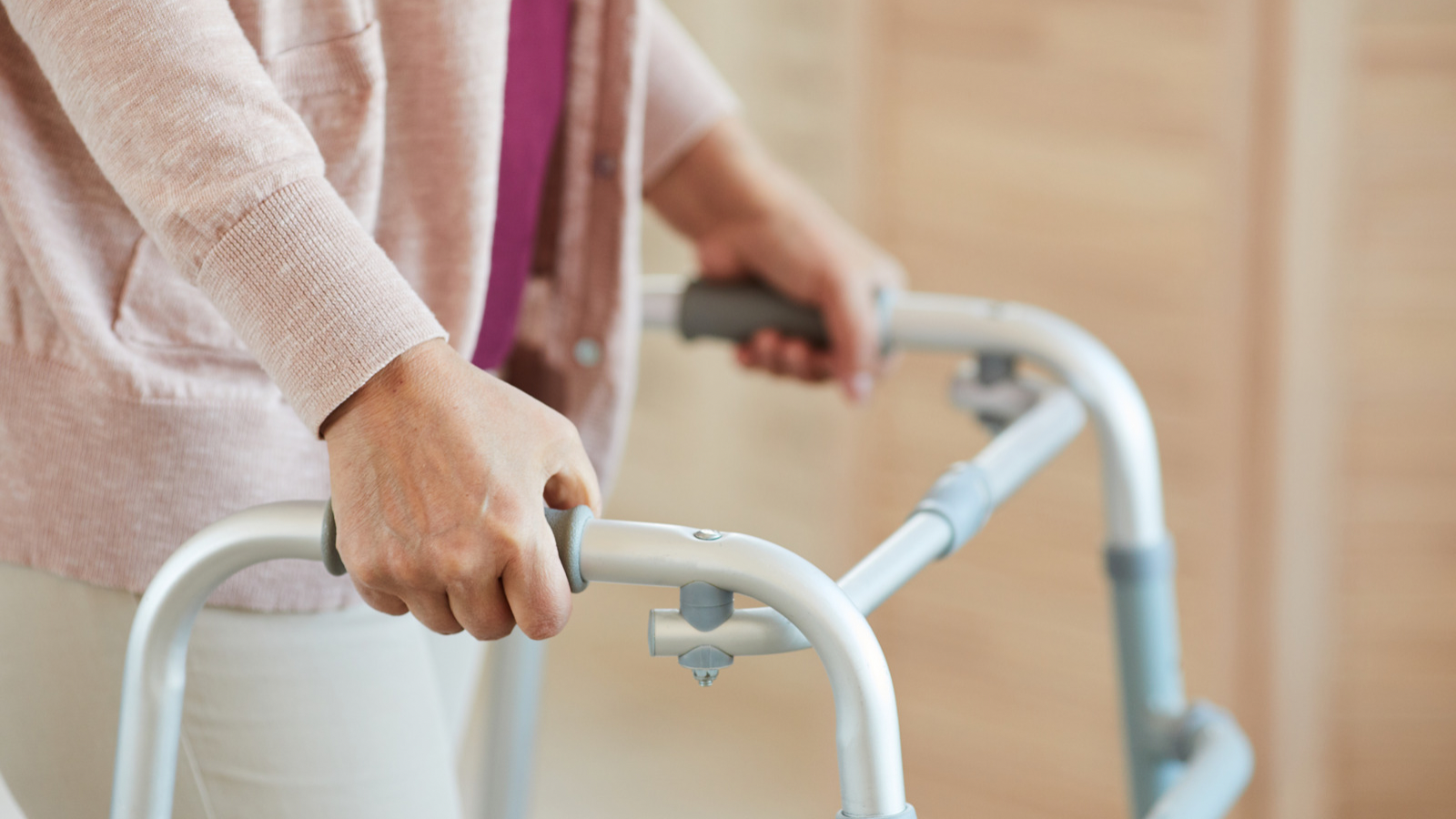In the world of rehabilitation, there are a wide variety of mobility aids designed to help individuals with specific impairments. For example, there are different types of canes, walkers, and crutches. Determining which type of mobility aid would be appropriate for yourself and/or a loved one depends on the amount of support and the specific needs of the individual. The expertise of your rehabilitation professional will also be important when making this decision. The rehabilitation professional wants their patient to do as much as possible and maintain their normal walking pattern while using their mobility aid. All these factors mentioned above go into choosing your perfect mobility aid. The following are just a few of the many mobility aids that could be right for you.
Single-Point Adjustable Offset Cane
A single-point adjustable offset cane is the least supportive but offers the most mobility of all the unilateral devices. Unilateral means that the device is only used on one side of the body and usually on the side that is the least affected by a disease or impairment.
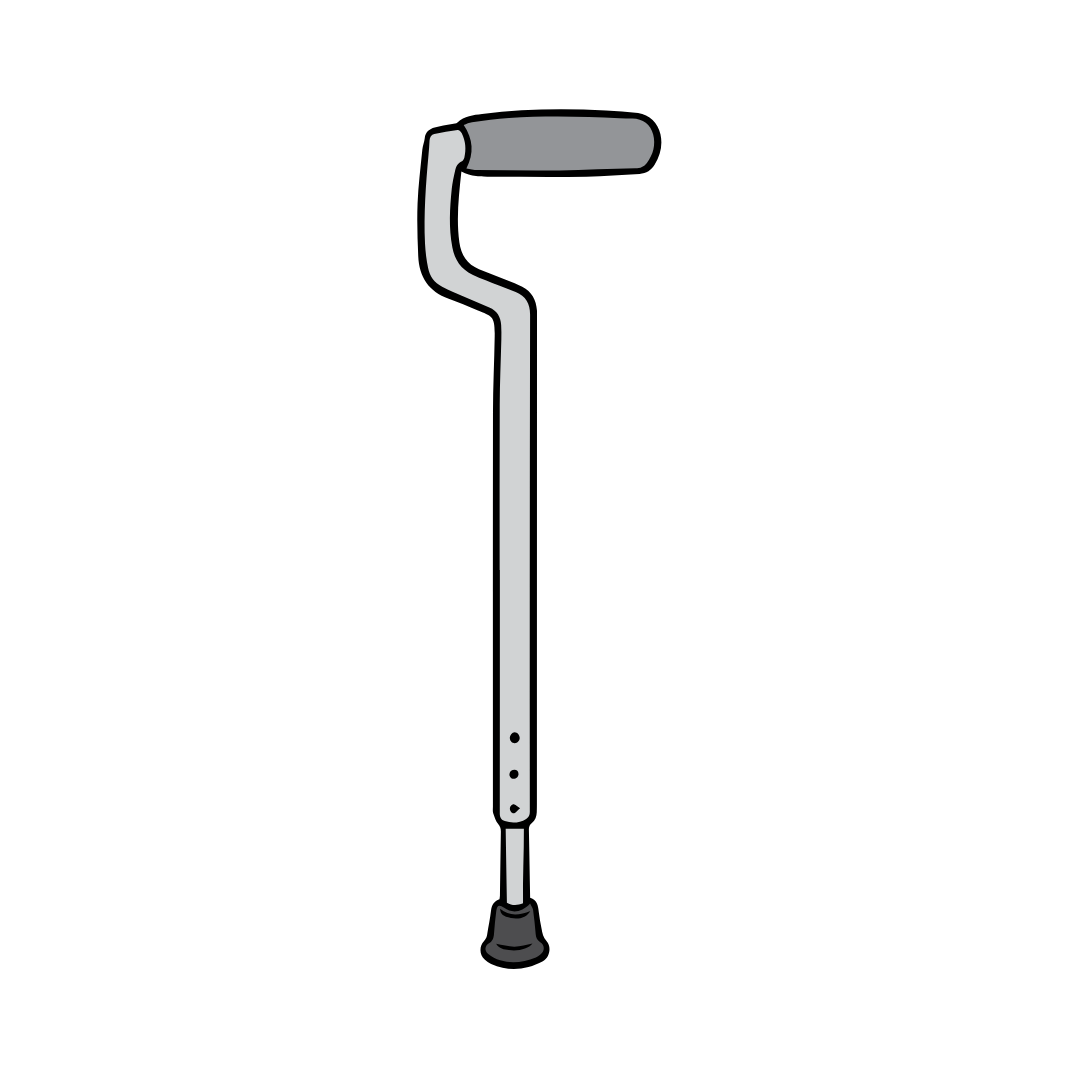
Quad Cane
A quad cane is a step above a single-point adjustable offset cane when it comes to unilateral support. The quad comes in two sizes: a wide-based and a narrow-based with the wide-based being more supportive than the narrow-based.
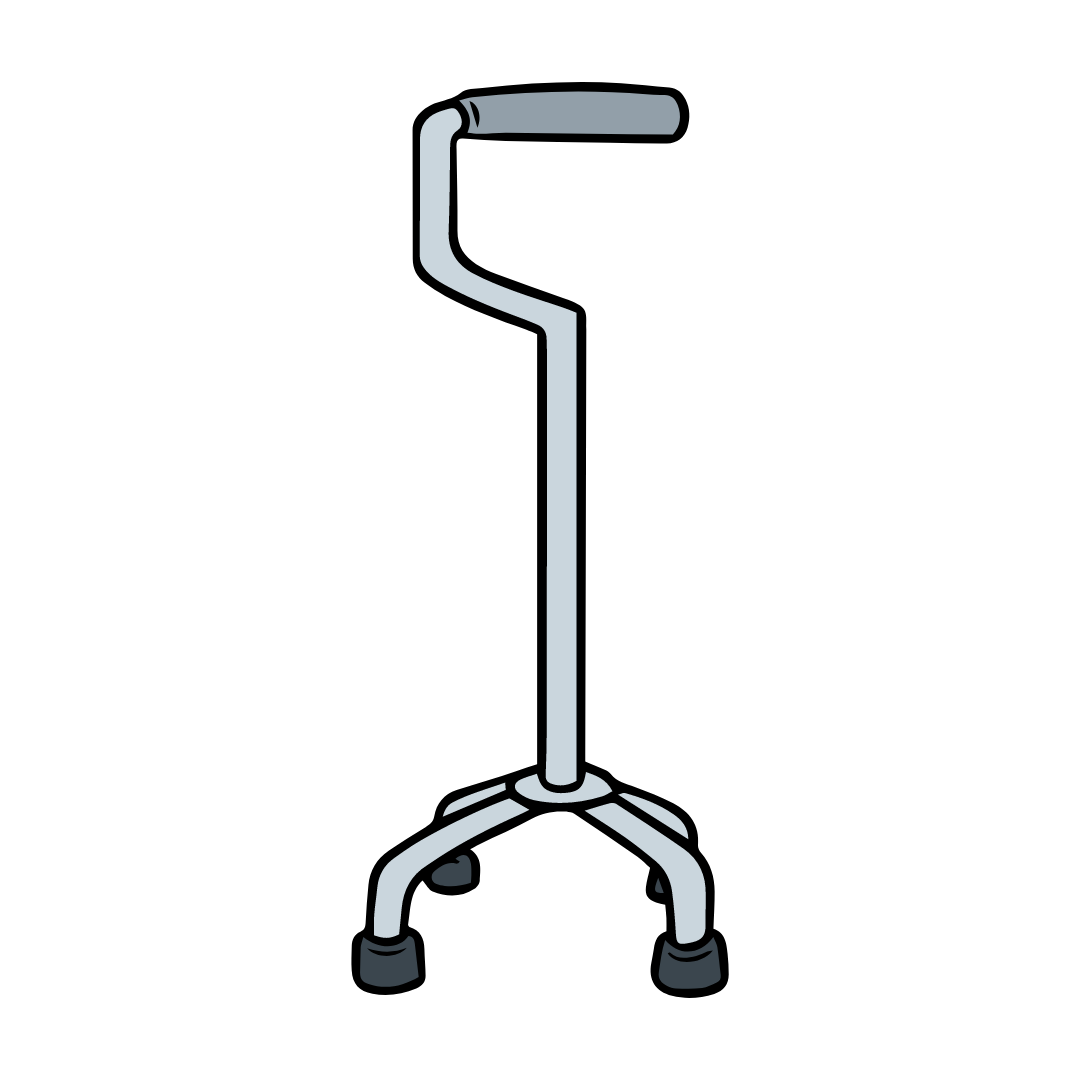
Pick Up Walker or Standard Walker
A pick-up walker (PUW) has no wheels and therefore provides the most stability of all the walkers. In general, walkers are good for individuals that have balance problems or general weaknesses, so they need stability on both sides of their body (bilateral). However, to use any walker, the individual will need to have two functional upper extremities/arms to properly use these devices.
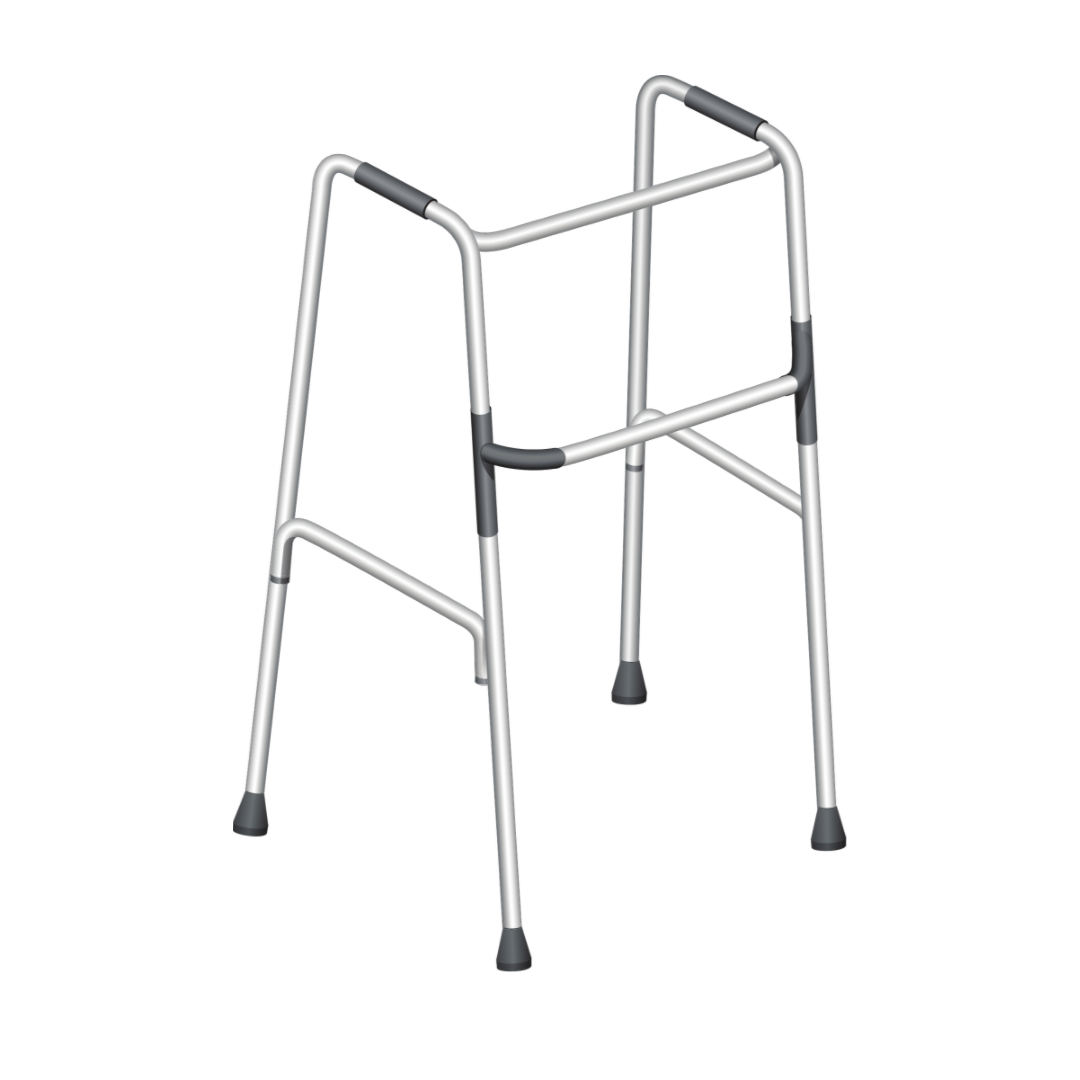
Two-Wheel Walker or Front Wheel Walker
A two-wheel walker generally has 2 wheels in the front and none in the back which allows the user more mobility, but with the trade-off of having less stability than the PUW.
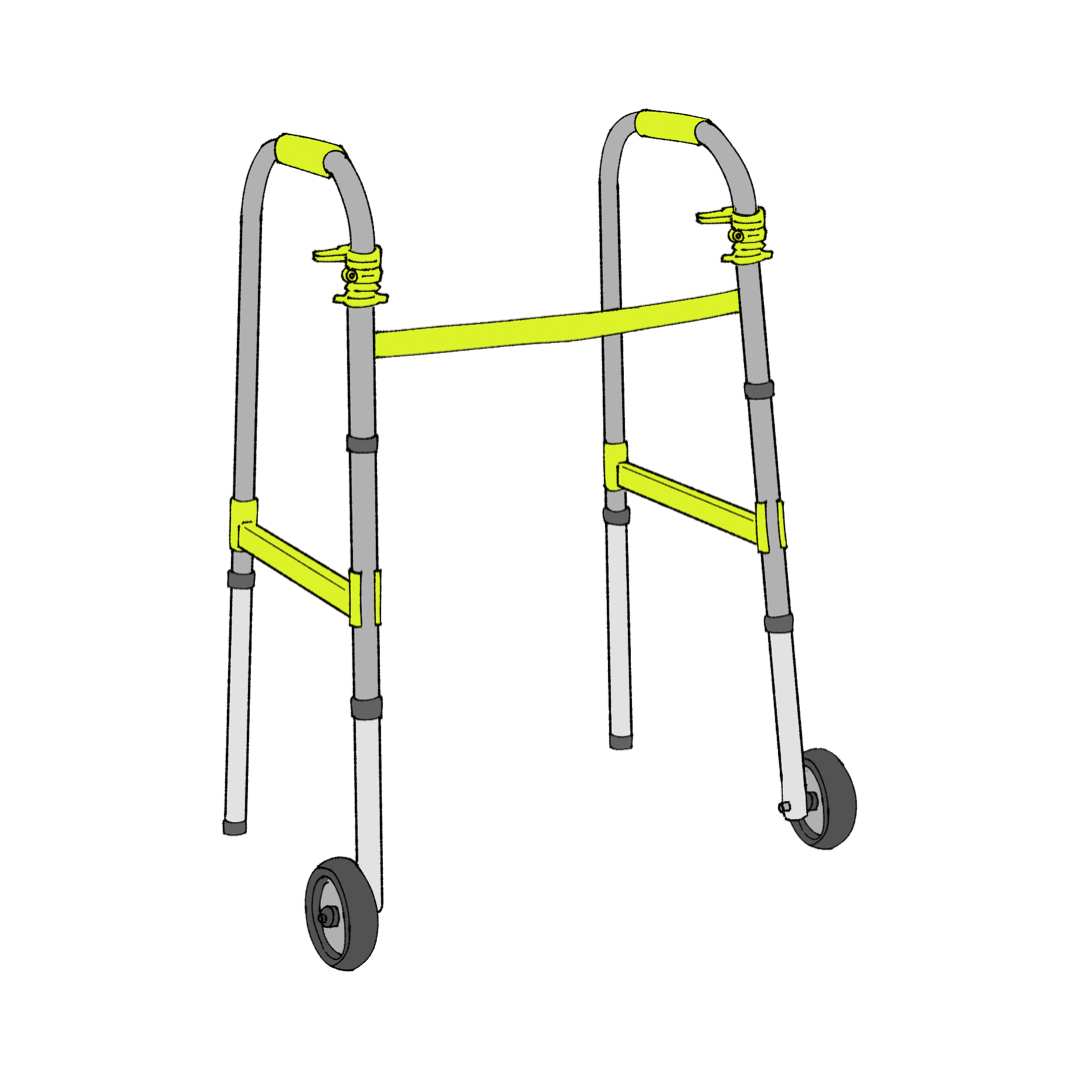
Rollator Walker or Four-Wheel Walker
A rollator walker has 4 wheels at the base and has a seat and allows the user to lock and unlock the wheels. This walker is best for those with good balance but has more of an endurance deficit because the user can easily lock the wheels and take a seat when they become tired.
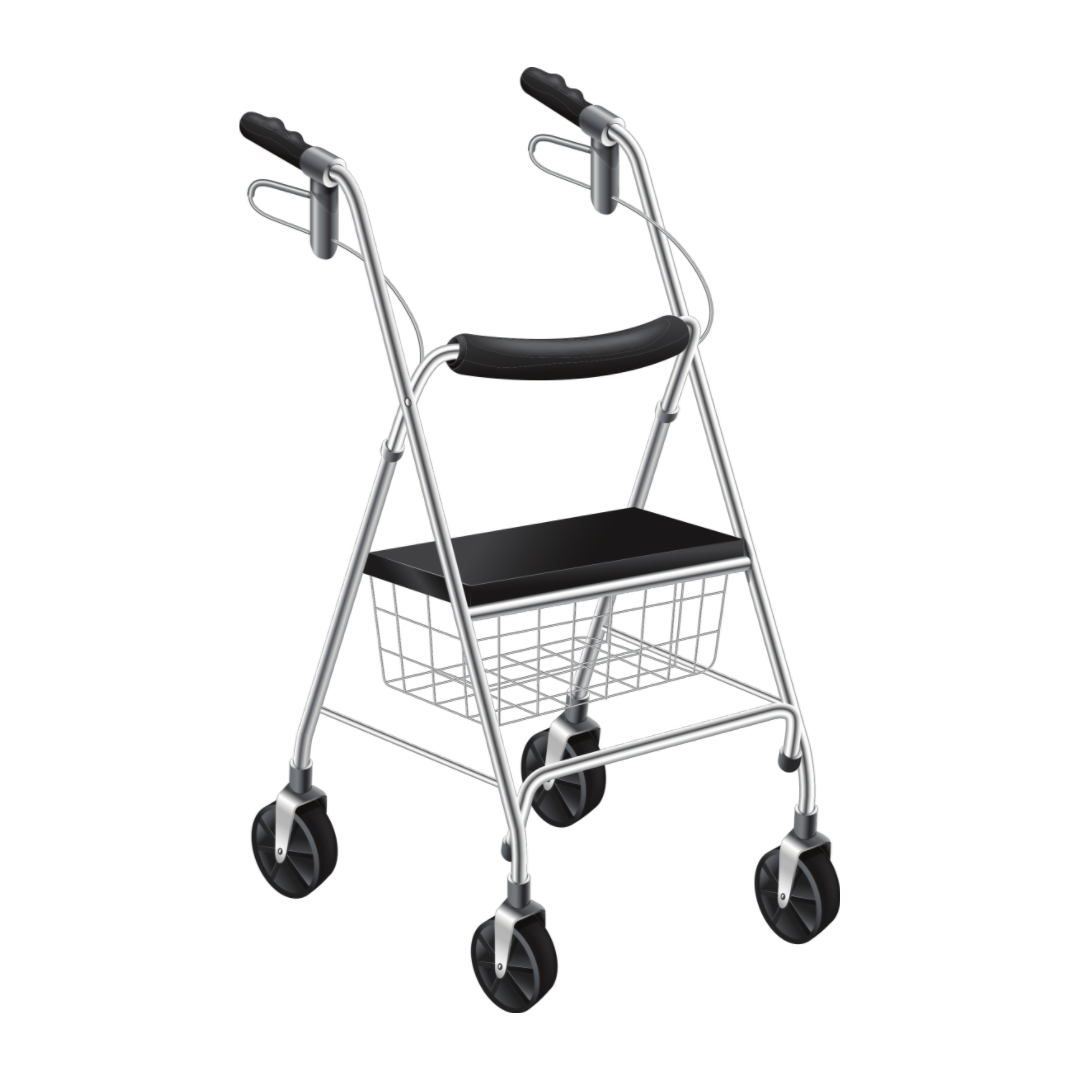
Axillary Crutches
Axillary crutches are commonly used bilateral or unilateral mobility aids that are appropriate when the individual needs to unload one side of their body. This user needs to have a good balance to use axillary crutches. But they can use variable walking patterns and walk faster.
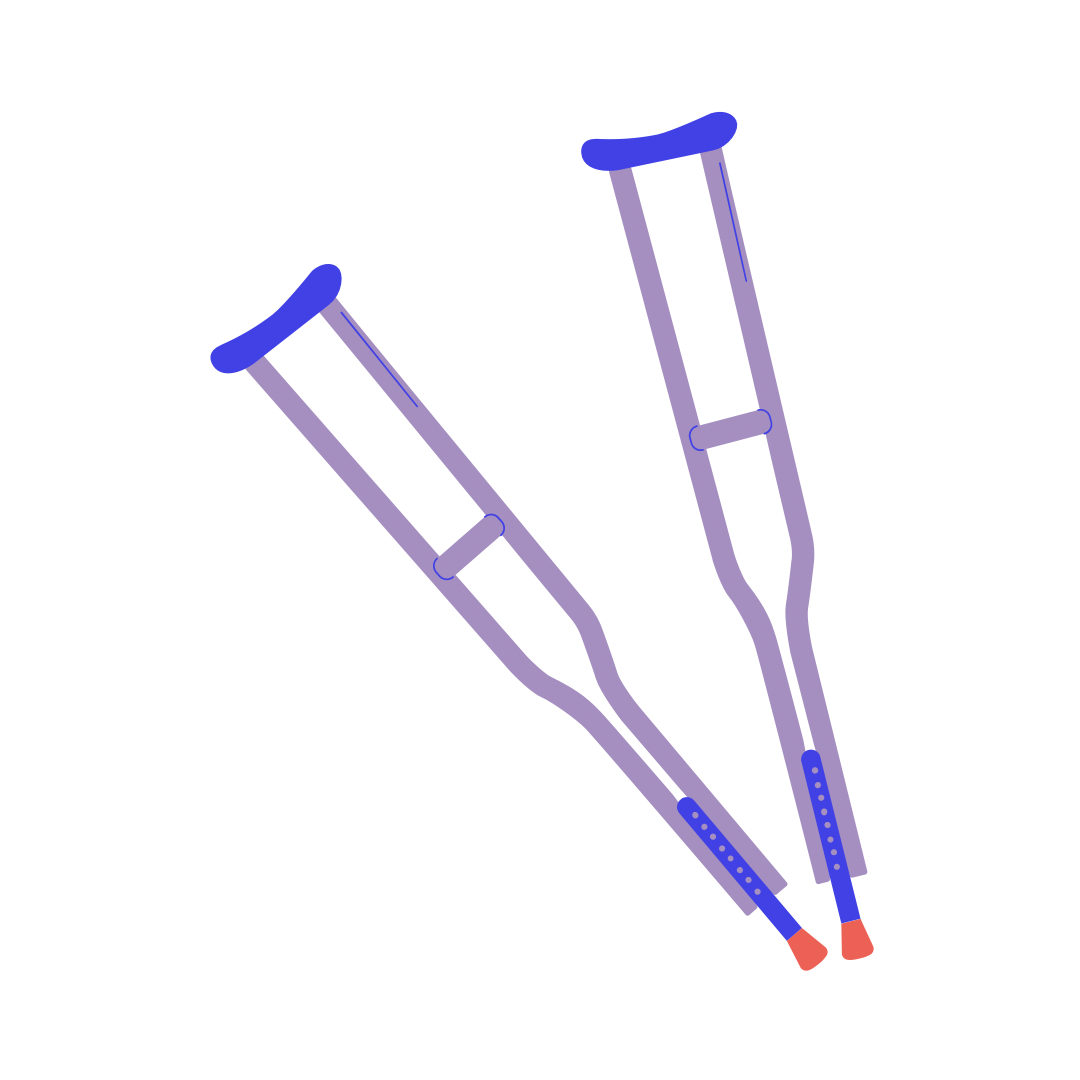
Lofstrand Crutches
Lofstrand crutches are less stable than axillary crutches but are more lightweight and easier to mobilize. These crutches are good for long-term use by people with chronic conditions that causes them to need mobility aids.
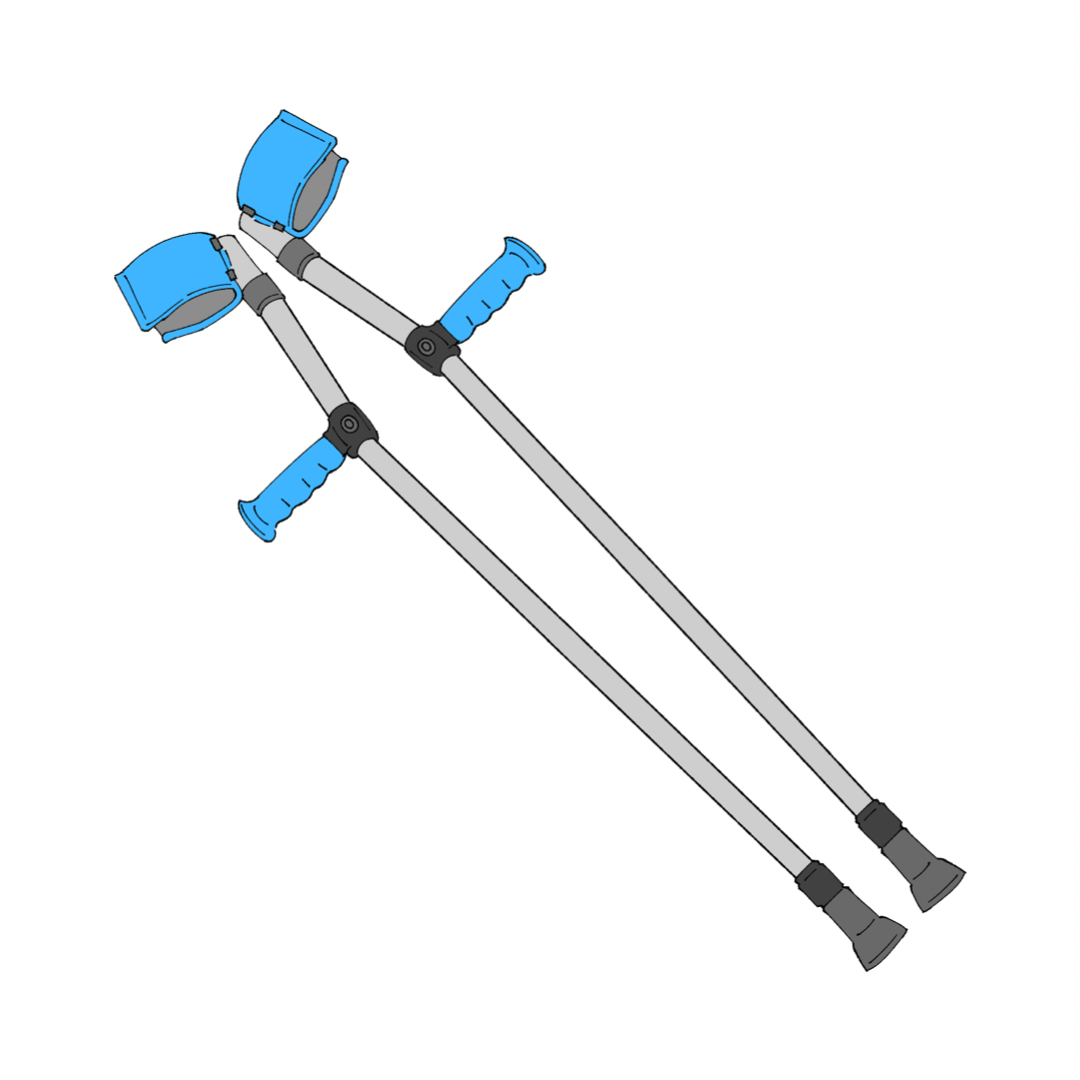
These are just a few of the mobility aids that will be considered by your rehabilitation professional when determining your perfect mobility aid. The uses and design may seem to overlap and be confusing for patients, so when in doubt contact your physical therapist to see what is appropriate for you. If you don’t have a physical therapist or feel that you could benefit from one of the mobility aids discussed above, contact us for a free consultation at either our Minnesota or Florida locations.

